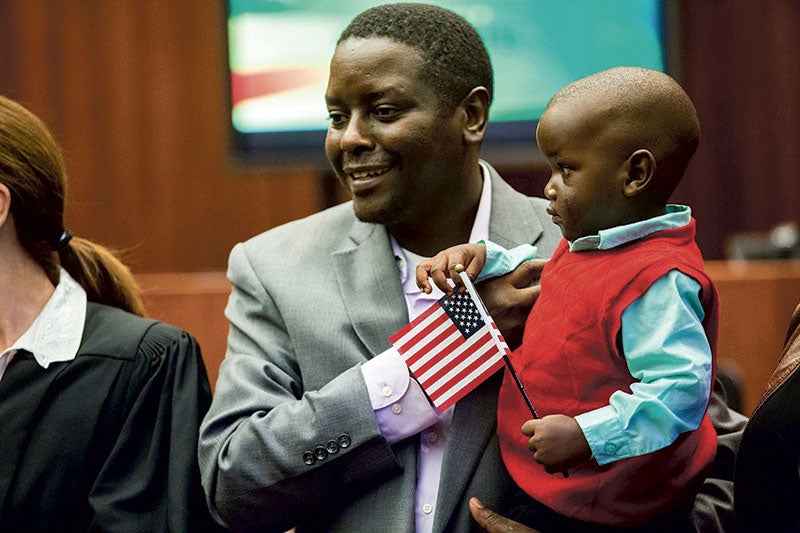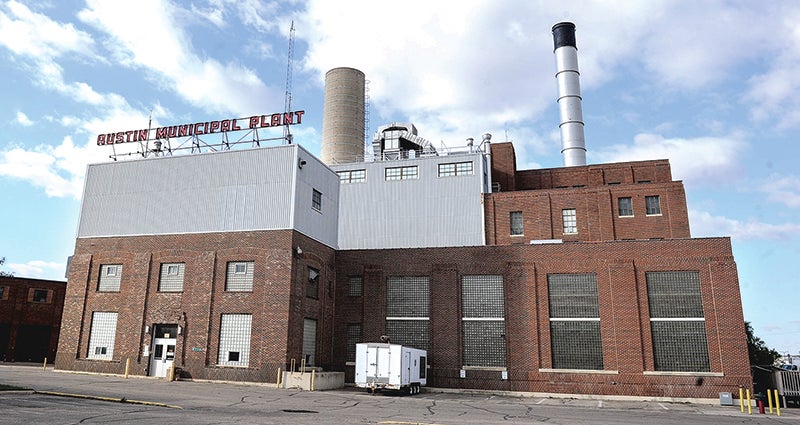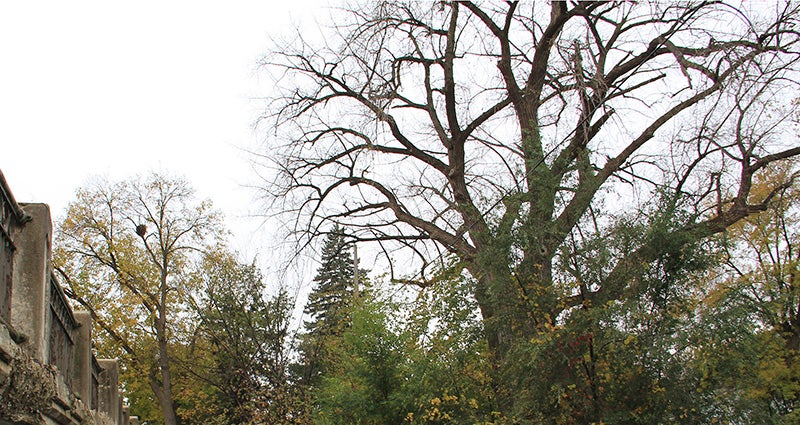Seeing dollars
Published 5:03 am Monday, June 24, 2013
Vision 2020 organizers know their math well: Take 10 committees, an estimated $120 million, and eight years until 2020, and you have a series of projects which could transform the community. Several Vision 2020 projects are moving past the the groundwork stage to some serious projects. Feasibility studies for various large projects like a new community recreation center and a community-wide data fiber network are expected over the next few months, and more projects will soon be underway. Austin residents will begin to see the largest Vision 2020 projects take shape by the end of the year.
There’s one question on many residents’ minds: How is Vision 2020 going to pay for all this?
“We want to see what other partners Vision 2020 has for these projects,” City Councilman Roger Boughton told Vision 2020 organizers last week, during a council work session meeting.
Laura Helle, Vision 2020’s director of creative vision, has heard that question before. She knows people want to find out how an estimated $120 million coming into the community will improve Austin. Helle, and the more than 300 Vision 2020 organizers working on 10 committees, are working to secure funding from local, state, federal and private funding sources.
“We don’t want any project funded from a single source,” she said. “Funding is scarce and you really want to leverage funds.”
That’s why Vision 2020 has sought funding from many sources, from the Austin City Council to the Hormel Foundation, to local businesses, and even MnDOT. Some projects, like the Gateway to Austin committee’s work to beautify areas along Austin’s Interstate 90 corridor, may be funded entirely through MnDOT and federal Department of Transportation grants. Smaller parts of projects, such as the $54,000 feasibility study for a new rec center, are funded from a variety of sources.
The city council gave $5,000 toward that feasibility study earlier this year, and have given more than $30,000 thus far to Vision 2020 for start-up costs, studies, and marketing efforts. The council could give up to $45,000 next year for Vision 2020-related expenses, which could include installing lights on city bike and walk trails and replacing signage throughout Austin.
Part of Helle’s job is to research further funding sources as these projects get underway. That means organizations like the Blandin Foundation and the Southern Minnesota Initiative Foundation may give even more money than they already have to Vision 2020 efforts.
Vision 2020 committees may organize community drives for some projects, depending on the need. Helle said a community fundraising drive could take place for the community rec center once design plans are finalized, and the YMCA of Austin and the city’s Parks, Recreation and Forestry department are expected to donate as well.
The goal of these projects, according to Helle, is to improve Austin’s economy by attracting more business and increasing median income, which lags behind the state average. Austin’s median income is about $44,000 compared to the state average of $55,000, according to 2010 U.S. Census Bureau data. Increasing the city’s median income would also ensure organizers could maintain all of the large projects under way.
“We think there’ll be a little bit of a sort of natural growth into maintenance,” Helle said.
BY THE NUMBERS
Vision 2020 organizers estimate the 10 committee projects to improve Austin could cost about $120 million. Those estimates could change as projects get underway, however.
•New community recreation center: $25 million to build
•Downtown power plant renovation into retail, restaurant and apartment space: $30 million to renovate
•Gateway to Austin projects: Up to $12 million
•Community-wide data fiber network: $20 million
•Bike/walk trail improvements: $3 million
•Downtown Austin improvements: $5 million
•Waterways cleanup: $2.5 million
•Community Venture Capital funding: $20 million
•Vision 2020 day-to-day operations: $30,000 to $40,000 per year




